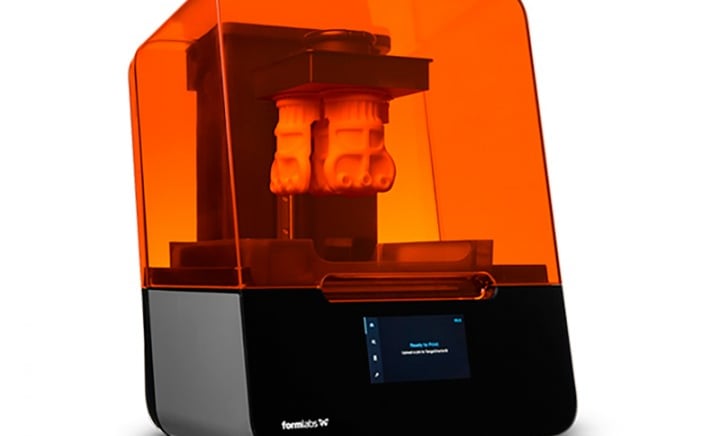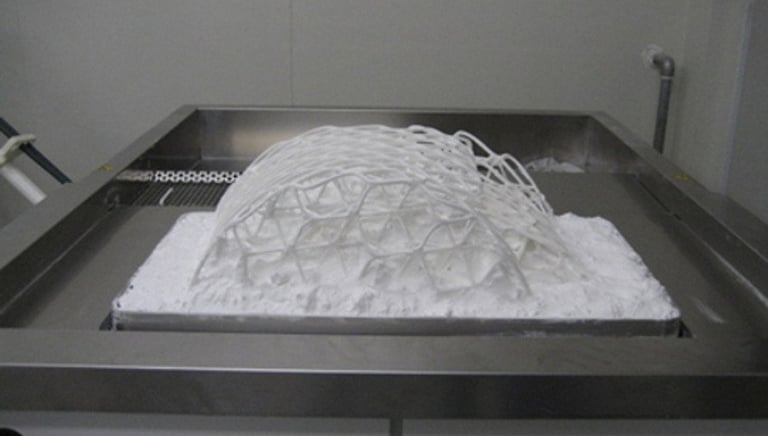3D Printing
Enginhum offers a comprehensive service for the sustainability and resilience of companies. We offer prototyping and 3D manufacturing services to companies to adapt their business to advanced technologies.
3D printing is a more sustainable manufacturing technology than traditional manufacturing technologies because it is additive rather than subtractive. On the other hand, 3D manufacturing is seen as an on-demand manufacturing technology, so it does not require a minimum manufacturing stock. In addition, it is considered a delocalised technology, so manufacturing can be closer (or even in-house) and reduce the carbon footprint due to transportation.
SLA 3D Printing
SLA 3D manufacturing technology consists of the deposition of resin layer by layer through laser or screen sintering.
This technology makes it possible to print materials with a wide range of characteristics:
Transparent materialsHighly flexible materials such as TPU and silicone
Materials similar to thermoplastics
This technology offers high quality finishes and is ideal for parts with a high aesthetic component.


FDM 3D Printing
FDM 3D manufacturing technology is the most common and well-known technology, consisting of the deposition of material in wire format layer by layer.
This technology allows the printing of all types of materials:
Standard materials such as PLA, PETG, TPU, ABS
Materials with fillers such as glass or carbon fibre
Technical materials such as PA, ULTEM
This technology is considered ideal for prototypes, housings, tooling and functional parts.


SLM 3D Printing
SLM 3D manufacturing technology involves the deposition and melting of powdered metal layer by layer in an inert atmosphere.
This technology makes it possible to print materials such as:
Aluminium
316L Steel
17-4PH Steel
Hard Steel
Inconel 718
Copper
Titanium


SLS 3D Printing
SLS 3D manufacturing technology involves the deposition and sintering of plastic powder layer by layer.
This technology allows the printing of materials such as:
PA11, PA12
Flexible materials such as TPU, TPA
PA with fibre and glass fillers
This technology is considered ideal for the manufacture of components consisting of several assembled parts.


Ask for your 3D printing project
We want to listen to your ideas, challenges and needs. We are ready to turn your needs into innovative, sustainable and people-centred solutions.
